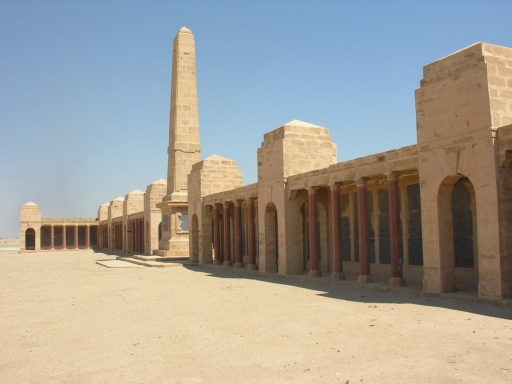After an enforced absence, Commonwealth War Graves Commission staff have visited Iraq for the first time since 2006 to inspect CWGC memorials and cemeteries around Basra.
The conflicts and political instability of recent decades have hampered access, or prevented it altogether, allowing many sites to fall into disrepair in a country where CWGC commemorates more than 50,000 Commonwealth dead of both world wars.
Only in France, Britain, Belgium and India does the Commission have a larger commitment.
A team led by Richard Hills, CWGC’s Director responsible for operations in Iraq, returned for a working visit in May 2018 to assess cemeteries and the memorials in the Basra area and their future maintenance.
Mr Hills said: “It was very satisfying to be able to take our first steps back into the country since 2006.
“The purpose of our visit was to inspect a number of our sites in the area around Basra so that we can better understand the technical nature of the task we face and develop our long term strategy to address those issues.
“We are under no illusions that the project facing us in Iraq will be challenging, and these are just the first steps in what will be a long road, but we are optimistic that real progress is at last possible.”
Richard Hills writes about his tour in a blog on the Commission’s website: CWGC in Iraq – Our history and the future.
Source: Commonwealth War Graves Commission
Images courtesy of CWGC
Posted by CN Editorial Team
